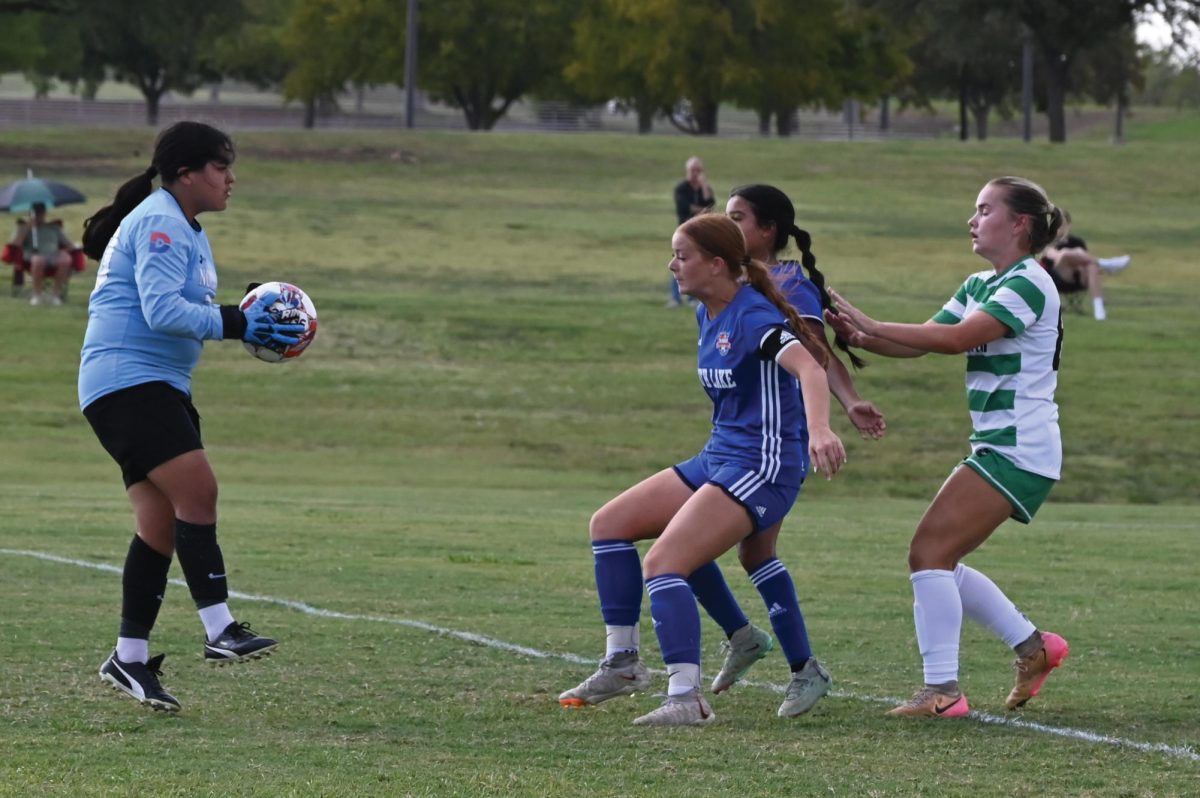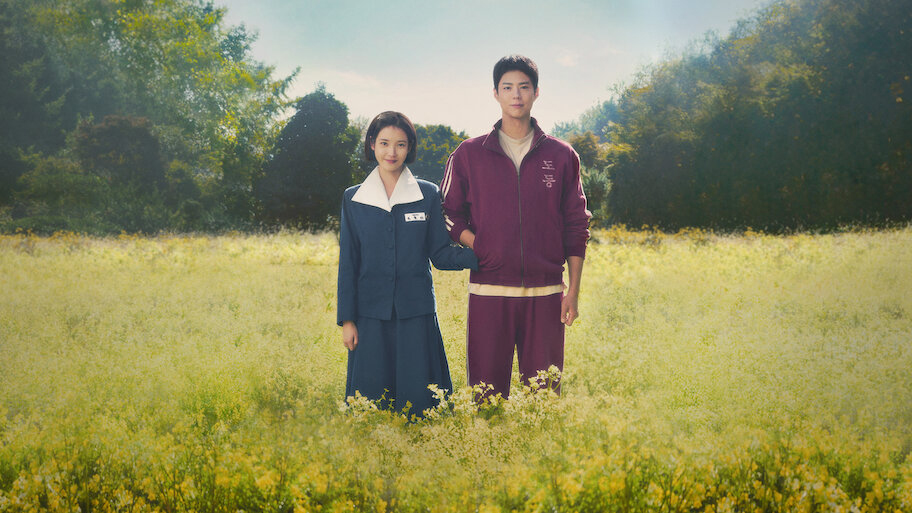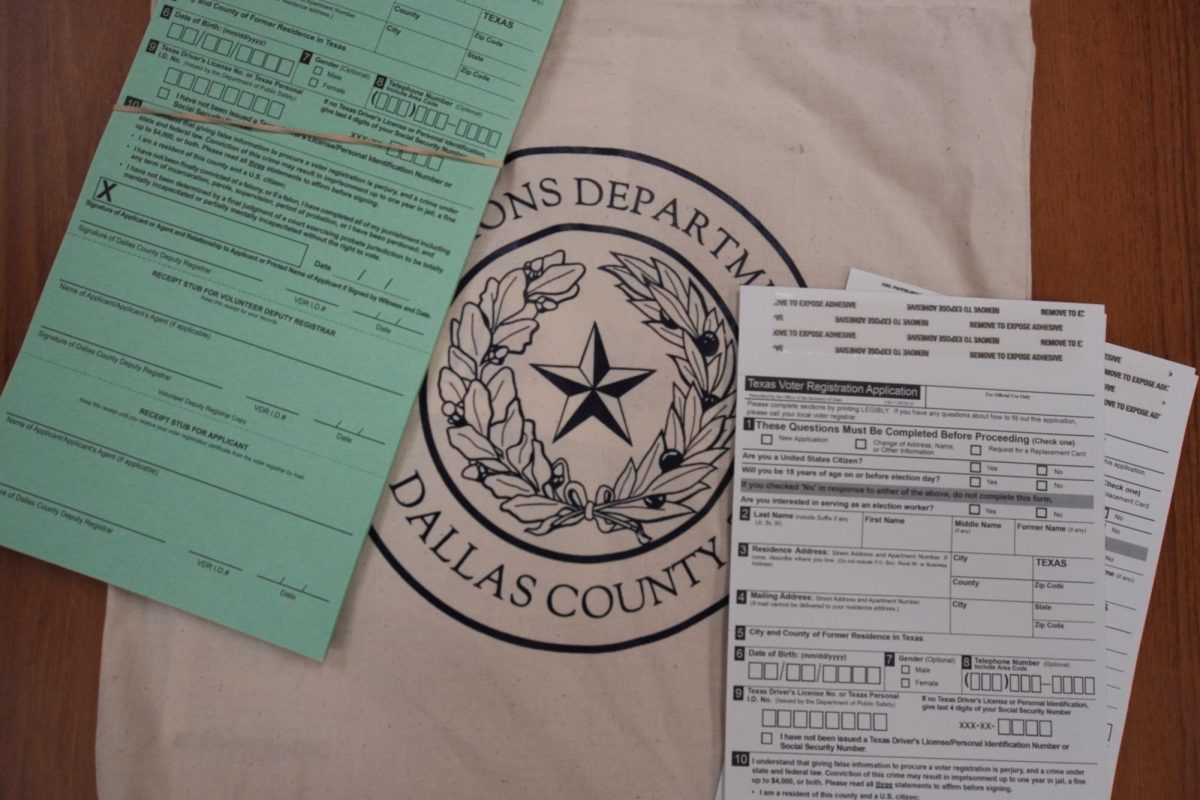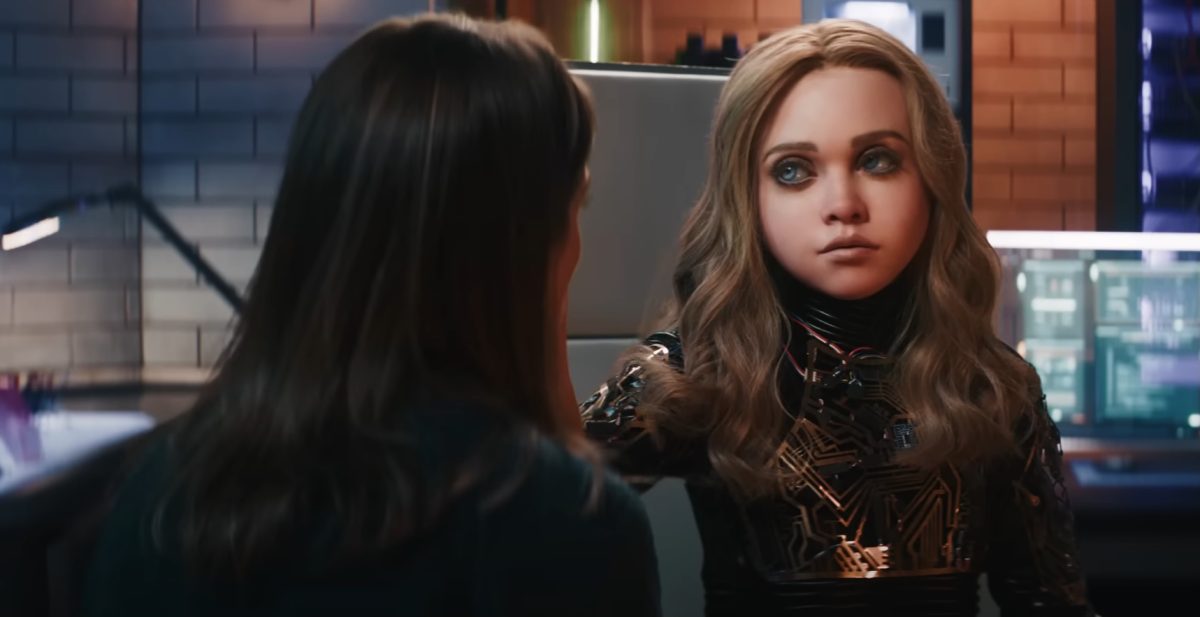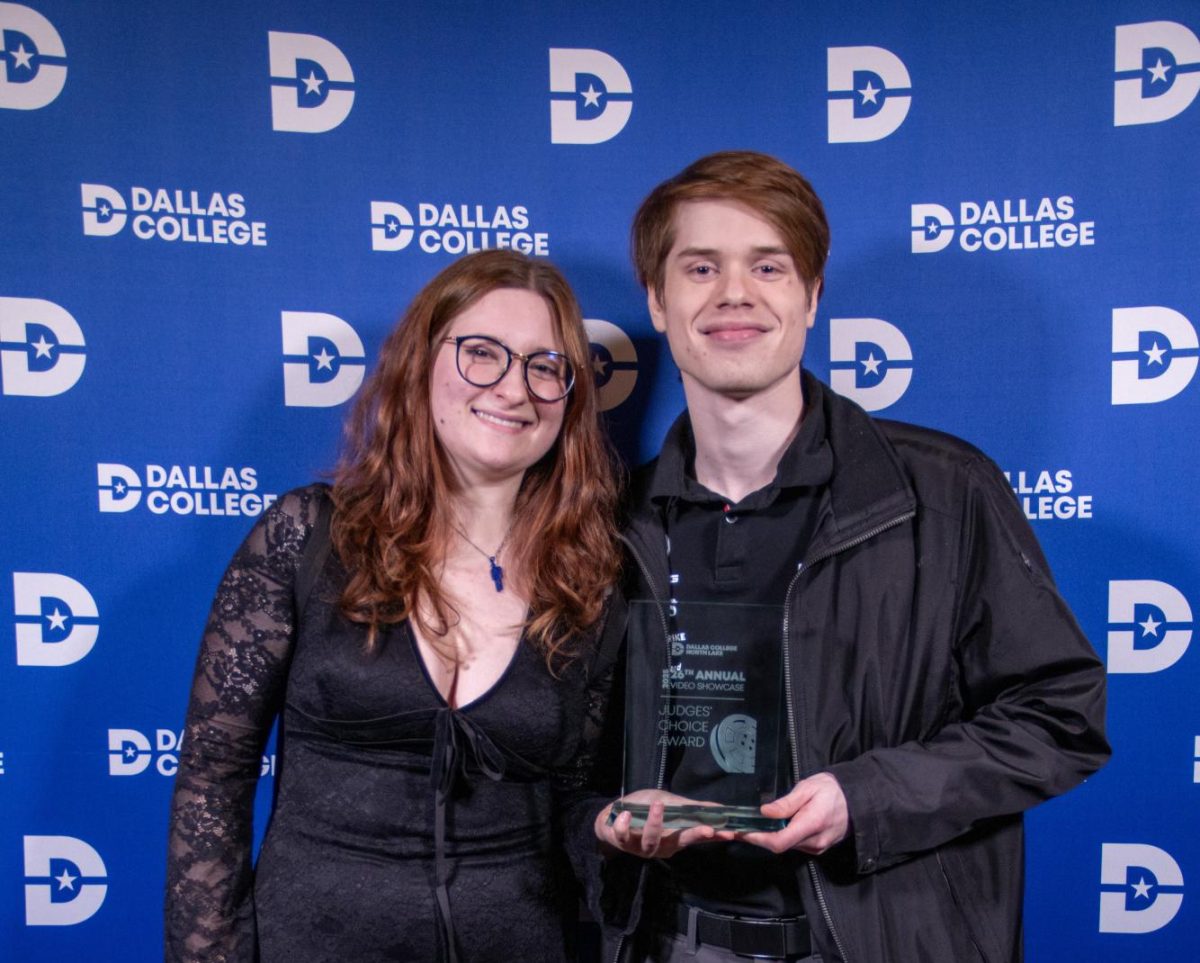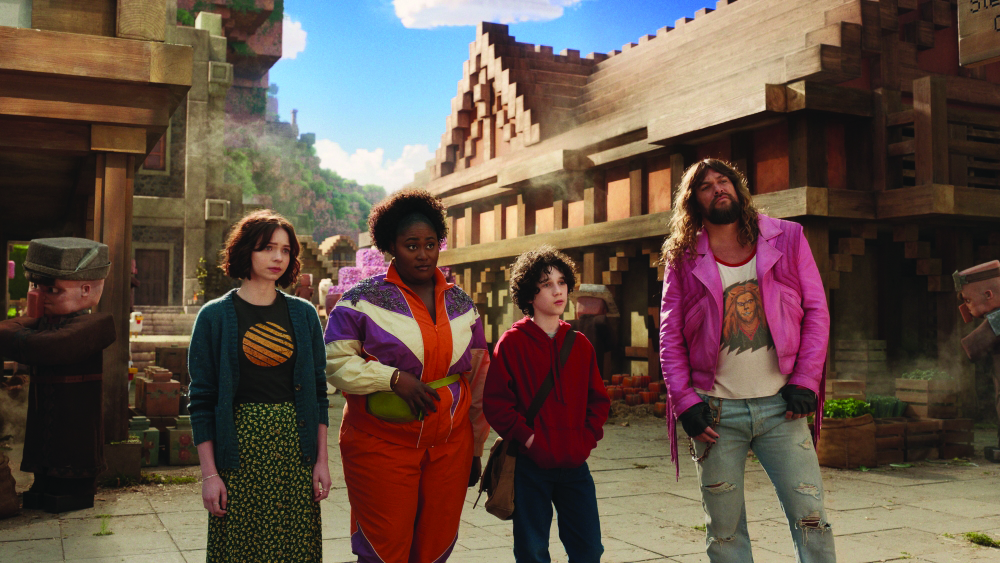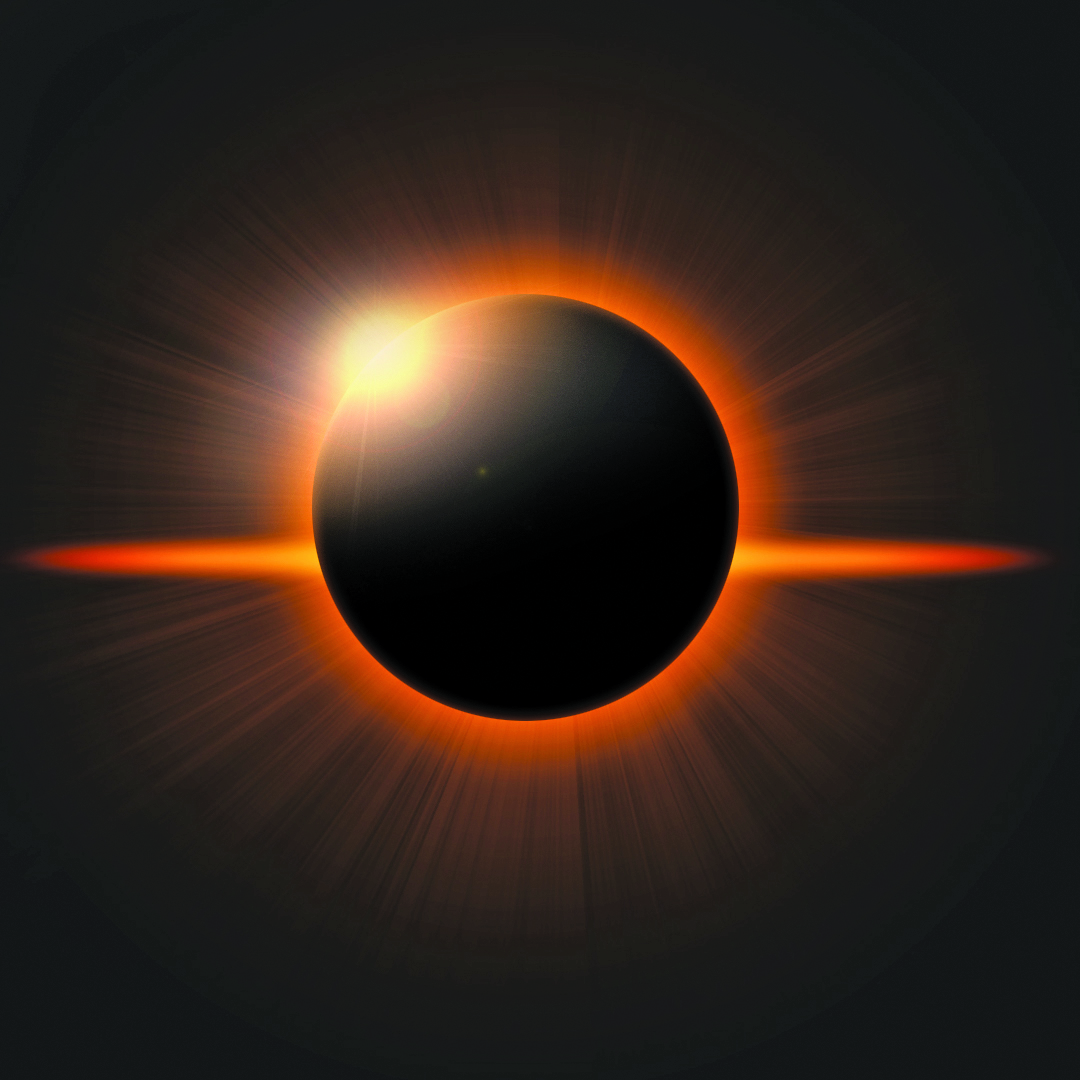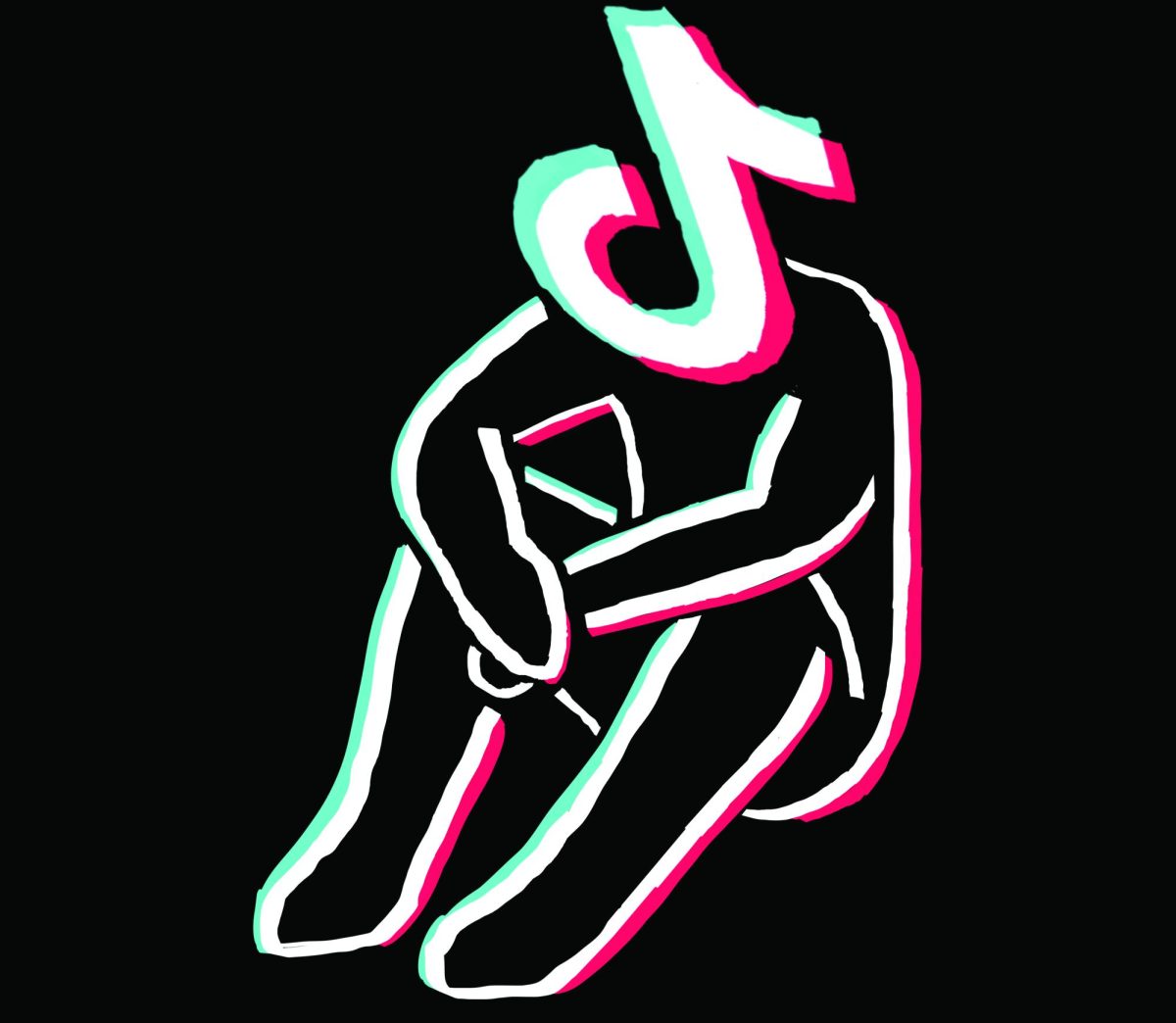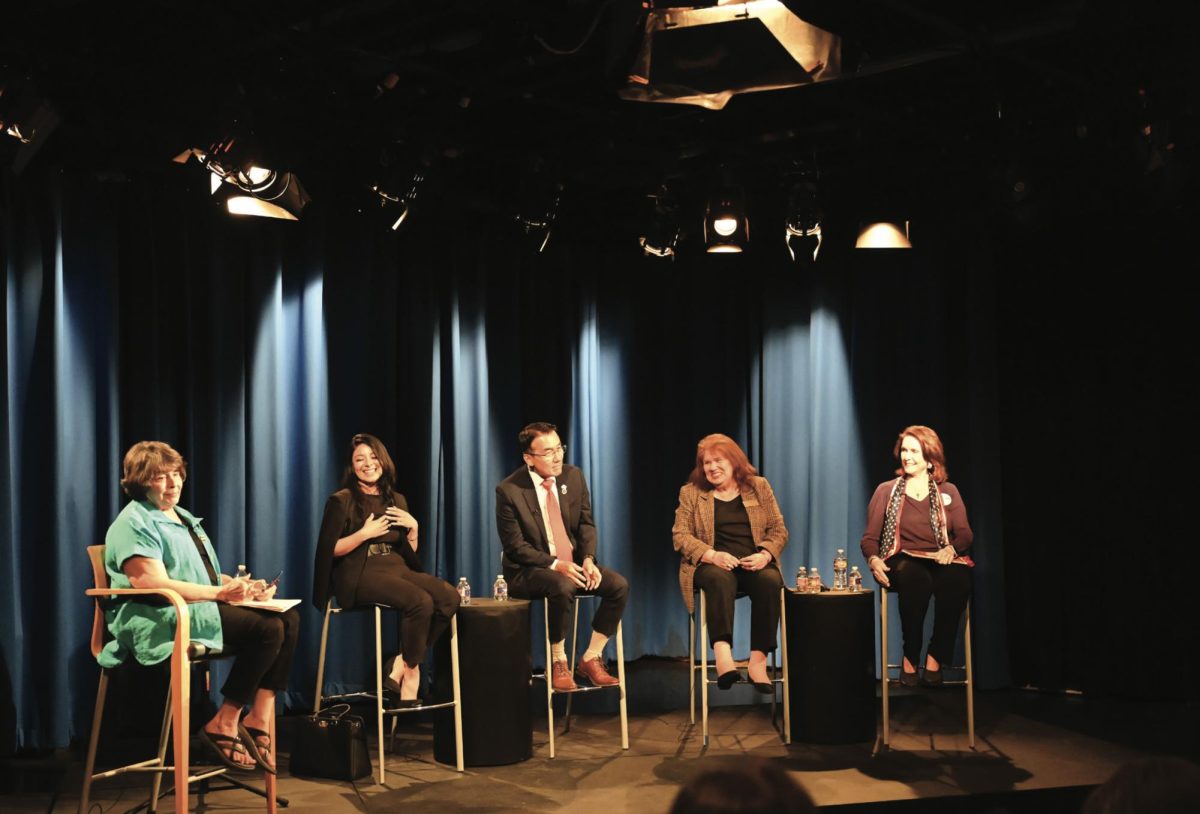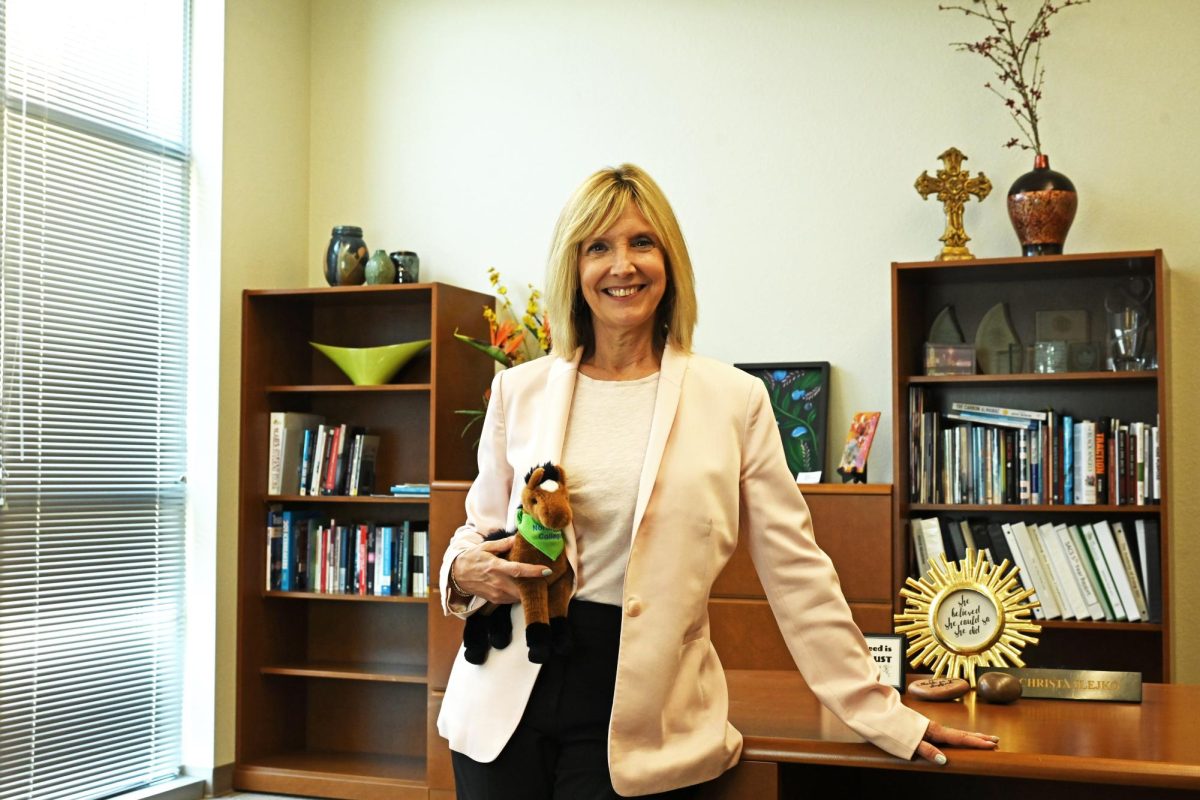On April 8, the moon will completely cover the sun and cast a veil of darkness in the Dallas sky around 1:40 p.m. Many are calling this celestial event a once-in-a-lifetime occurrence.
But solar eclipses are not as rare as one may think. The moon typically casts over the sun about five times a year, but only about two of those eclipses can be seen depending on where on earth people are located.
Eclipses may either appear to be partial, annular or total.
A partial eclipse occurs when the moon partially blocks the sun. During the annular eclipse, the moon will mostly block the sun, forming a ring of light around the outer edge of the sun. And the total eclipse can only happen when the sun is completely obscured by the moon.
What makes this solar eclipse rare is that Dallas will be in the path of total totality. This eclipse will also be the longest duration of totality across our nation. So, it will be dark for a total of 3 minutes, and 51 seconds during daytime.
People should also expect the temperature to drop, animals to become silent and the wind to change direction.
Not everyone will be able to see the sky completely darken.
Torreón in Mexico, Little Rock in Arkansas, Carbondale in Illinois, Cleveland in Ohio, Buffalo in New York, and Caribou in Maine are other cities that will also be in the path of totality.
Everyone else will only get to experience a partial solar eclipse.
The farther away one is located from the path of totality, the less will the sun be blocked from the moon.
The next time the U.S. will get to experience a total solar eclipse will be in 2044, geoscience professor Bathen Salle said. “[But] from what I understand, it will only be visible from a few states along the Canadian border,” she said.
Dallas will be in the path of total totality again on 2317. This is the reason why many in the Dallas Forth Worth metroplex are making a huge deal about this upcoming unforgettable experience.
Viewing Parties
The Perot Museum of Nature and Science sold-out tickets for their gathering, calling it the Great North American Eclipse. NBC 5 will stream a special solar eclipse program periodically during the day.
Dallas College North Lake Campus will be hosting a gathering for students and the community to witness history, at the Sports Complex Parking Lot.
Salle said she is intrigued by astronomy because of the vastness, mystery and beauty of it.
The last two eclipses she remembers were the annular eclipse in October 2023 and the total eclipse in August 2017, both of which were partial eclipses to Texans.
Eclipse Safety
In 2017, President Trump was seen on camera trying to look straight at the solar eclipse without his protective glasses. Failure to wear protective eye
wear could burn the retina at the back of the eye causing sensitivity to light, eye soreness, blurry vision and even partial or total vision loss.
Sunglasses do not qualify as protective glasses.
Although the sky was not completely dark during those two past events, Salle could see the sky grow significantly darker.
She said, “Both were amazing experiences. The eclipse could be seen in every shadow on the ground, especially easy to see with the shadows of leaves hanging from trees … making the leaves look like crescents.”
Time of Eclipse
People will begin to witness the start of the eclipse around 12:23 p.m. using special glasses to protect your eyes.
They will be able to remove their glasses once it peaks around 1:42 p.m. and look straight at the eclipse without protective wear as long as the sun’s rays have completely been blocked by the moon. The sky will return back to its normal blue color around 3:02 p.m.
“The thing I am looking forward to the most is the shared general ‘awe’ as we all experience the crescent shadows developing, the sky darkening, perhaps even enough to see a few bright stars,” Selle said about the upcoming Big D Eclipse event on campus.
Eclipse History
Historically, ancient cultures saw solar eclipses as a sign of disapproval from the gods. According to a Time documentary titled “Solar Eclipses Throughout History: Warning Sign to Many Ancient Cultures,” the Lydians and the Medes ended their war in 585 B.C. – 2608 years ago — when they witnessed a total solar eclipse.
Throughout time the solar eclipse has become a day for humans to learn more about astronomy and science. On May 29, 1919, astronomer Arthur Eddington used a total eclipse to prove Albert Einstein’s theory of relativity.
During the NLC event, Selle will periodically explain what is happening as the moon begins to cover the disk of the sun. She and professors William Eberle, Maria Hossu and Nada Zargar will be available to answer any questions a student may have.
“Physics professor Eberle will be operating two telescopes that have special lenses allowing observers to look directly at the sun,” Selle said.
“He is also setting up four sun spotters. These devices cast an image of the sun onto a piece of paper allowing the observer to see sunspots moving across the sun’s surface and of course the eclipse as it happens.”
Professor Heather Appleby from Richland Campus is the lead curator of the Big D Eclipse at Dallas College. Selle said Appleby is often heard saying “this is not just a scientific event, this is a human event.”


